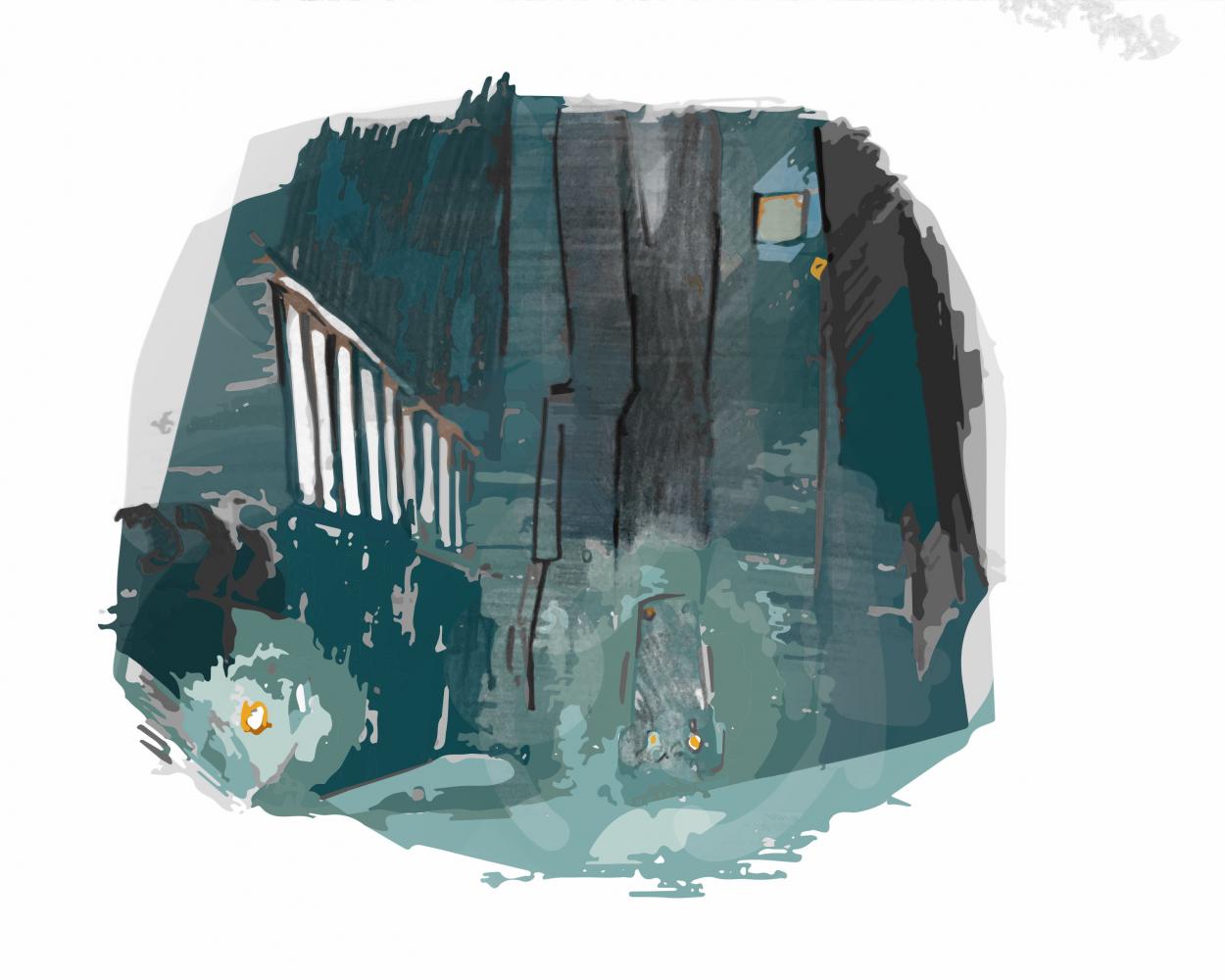“Blade Runner 2049” Reflects Society
October 14, 2017
Denis Villenueve’s “Blade Runner 2049” is the perfect sequel to Ridley Scott’s cult classic “Blade Runner” (1982); more than that, it is a masterpiece–if a flawed one. “2049” is equal parts Villenueve’s cyberpunk vision and an homage to its origins: both “Blade Runner” and Philip K. Dick’s “Do Androids Dream of Electric Sheep.” It is an artistic glimpse into a grim future that parallels our own, and it may just be the most influential and important film to be released this year.
“Blade Runner 2049” takes place 30 years after the events of the original. It follows the story of Officer K (Ryan Gosling), who is under the employment of the LAPD. In this universe, certain rich individuals have set their minds to creating a labor force of androids, known as “replicants.” The older generations of replicants were always intent on breaking the bonds of slavery, and many of them escaped. In return, the police have trained “blade runners” to hunt down and “retire” rogue replicants. K is one of these blade runners. During the events of “2049,” he discovers a secret that threatens the boundaries between human and creation.

As with the best of cyberpunk, Villenueve’s vision is focused on the conflict of individual, as well as the institutions they serve. K, a new generation replicant and a blade runner, serves the authoritarian-like police department, while his opponent, Luv (Sylvia Hoeks), another new generation replicant, serves the businessman and megalomaniac, Niander Wallace (Jared Leto). The plot is enriched by the way in which each of them deals with their captivity. K serves his oppressors as best he can, but he also questions the greater societal and moral implications of his duty, while Luv serves without questioning, and is efficient and brutal without remorse. This entire arc serves as an allegory for today’s real-life conflict of the individual versus the corporation. With the ability to invest funding and resources into campaigning for government positions, corporations are in a position to assert their own agendas over that of the public. Since its conception, cyberpunk has grappled with the idea of mega-corporations, usually in a place of supreme authority, and their agendas against the rights and responsibilities of the individual. “Blade Runner 2049” provides the vessel with which to debate the power and rights of corporations built on the backs of highly advanced technology.
While “Blade Runner 2049” contends with many of the issues that plague our current society–racism, sexism, climate change, and overpopulation–it struggles with its portrayal of women. Herein is one of the few flaws that hounds this sequel as much as the original. Within the city of Los Angeles, woman are shown as commodities on billboards and holographic displays, while a sequence in the irradiated remains of Los Vegas begins with K walking beneath the looming statues of nude women portrayed in erotic poses. The few female characters we are introduced to (with the exception of Luv) are rendered into sidekicks or, in the case of Joi (Ana de Armas), exist purely for the pleasure of the Officer K. As the case may be, Villenueve has created a mirror into today’s society, but not the ability to break the glass.
As a final product, “Blade Runner 2049” is a beautiful and thought-provoking experience. It aims to please an audience that first fell in love with the original, while also tearing down the unspoken rules of the Hollywood blockbuster. Of course, it is not without its flaws, but they do little to detract from the magnificence of this film and its many achievements.



